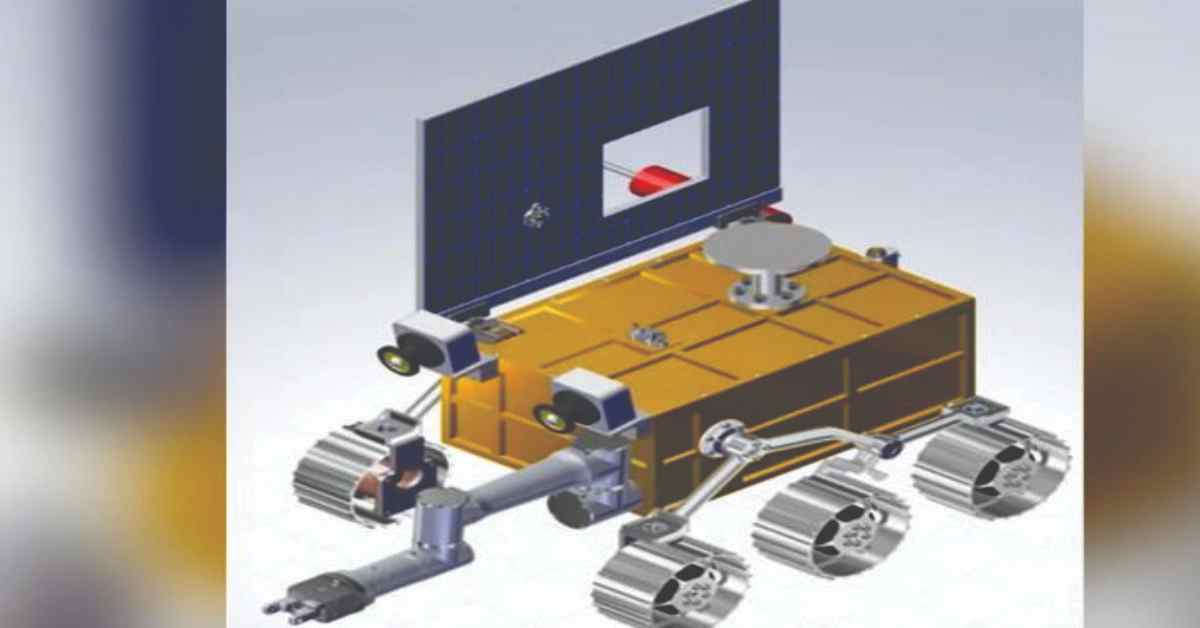Pakistan will make history in deep space exploration with its first indigenous lunar rover, joining China’s Chang’e-8 mission.
This milestone comes after the signing of a Memorandum of Understanding (MoU) between the Space and Upper Atmosphere Research Commission (Suparco) and the China National Space Administration (CNSA) on February 5, 2025.
President Asif Ali Zardari and Chinese President Xi Jinping formalized the agreement.
Chang’e-8 Mission and Pakistan’s Role
The Chang’e-8 mission, developed by CNSA, is scheduled for launch in 2028.
It aims to conduct in-situ scientific exploration, technology verification, lunar surface mapping, and resource utilization.
Pakistan’s participation signifies a major step in its space program and strengthens its contribution to the International Lunar Research Station (ILRS) initiative.
Pakistan’s Indigenous Lunar Rover
Suparco’s lunar rover will be deployed at the moon’s south pole, an area of significant scientific interest due to its unique environmental conditions and potential for future human exploration.
The rover will carry advanced scientific payloads developed by Suparco and an additional international scientific payload created through collaboration between Chinese and European scientists.
This joint effort will enhance the mission’s ability to conduct in-depth analysis of the lunar surface.
Designed, manufactured, assembled, and tested by Suparco’s engineers and scientists, the rover represents Pakistan’s growing expertise in space technology.
Once deployed, Pakistani scientists will operate and control the rover from Earth, further strengthening the country’s role in lunar exploration.
Scientific and Technological Objectives
Pakistan’s lunar rover will contribute to multiple key scientific and technological goals, including:
Analyzing lunar soil composition and its potential for resource utilization.
Mapping the lunar surface to support future exploration missions.
Studying emission levels and plasma properties to assess their impact on future lunar operations.
Testing new technologies for long-term lunar activities and sustainable human presence.
This collaboration between Suparco and CNSA underscores the strong bilateral relations between Pakistan and China and their shared commitment to deep space exploration.
It also reinforces Pakistan’s dedication to advancing its national space program and contributing to global scientific research.

